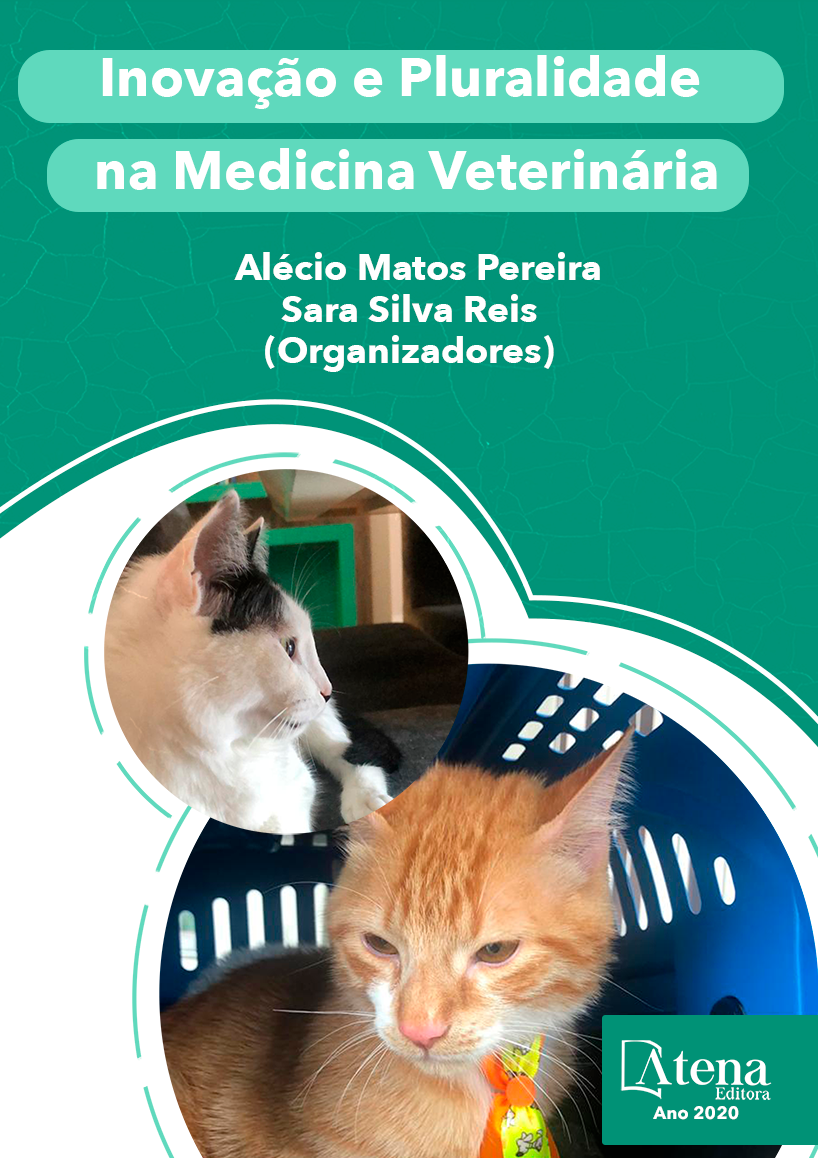
ÁCIDO SIÁLICO COMO RECEPTOR DO INFLUENZAVÍRUS
Ácidos sialicos são importantes constituintes presentes no muco e na superfície de células, pois podem se ligar a patógenos e impedi-los de acessar seus tecidos alvos. É necessário elucidar melhor o funcionamento dos receptores compostos por ácido siálicos a fim de desenvolver possíveis formas de impedir ou dificultar a adesão viral. As modificações de ácido siálico podem influenciar na adesão viral de diversos vírus que usam o ácido siálico como receptor ou co-receptor, inclusive vírus Influenza. Com isso, as variantes de ácido siálico desempenham influência no tropismo do vírus em nível de hospedeiro, tecido e tipos celulares. O entendimento sobre enzimas virais especificas que alteram o ácido siálico, também é necessário para elucidar patogenias. Sialidase e esterase parecem proporcionar benefícios a invasão viral, pois alteram os receptores das células hospedeira e, assim, facilitam a penetração viral do muco e favorecem a infecção celular. A cromatografia líquida de alta eficiência (HPLC) é um dos testes usados para quantificar ácido siálico em certos tecidos, proteínas do sangue e eritrócitos. A quantificação de ácido siálicos por HPLC permite esclarecer seus níveis relativos, mas não consegue identificar e visualizar a localização específica do ácido siálico e suas modificações. Por isso, a associação de outros testes ao HPLC é indicada.
ÁCIDO SIÁLICO COMO RECEPTOR DO INFLUENZAVÍRUS
-
DOI: 10.22533/at.ed.2302024041
-
Palavras-chave: ácido siálico, vírus, adesão, enzimas
-
Keywords: sialic acid, virus, adhesion, enzymes
-
Abstract:
Sialic acids are important constituents present in mucus and on the surface of cells, as they can bind to pathogens and prevent them from accessing their target tissues. It is necessary to better elucidate the functioning of receptors composed of sialic acid in order to develop possible ways to prevent or hinder viral adhesion. Modifications of sialic acid can influence the viral adhesion of several viruses that use sialic acid as a receptor or co-receptor, including Influenza virus. Thus, sialic acid variants have an influence on the tropism of the virus at the level of host, tissue and cell types. Understanding specific viral enzymes that alter sialic acid is also necessary to elucidate pathogens. Sialidase an esterase seems to provide benefits to viral invasion, as they alter the receptors of host cells and, thus, facilitate viral penetration of mucus and favor cellular infection. High performance liquid chromatography (HPLC) is one of the tests used to quantify sialic acid in certain tissues, blood protein and erythrocytes. The quantification of sialic acids by HPLC allows to clarify their relative levels but fails to identify and visualize the specific location of sialic acid and its modifications. Therefore, the association of other tests to the HPLC is indicated.
-
Número de páginas: 13
- Rafaela Magalhães Barros
- Angélica Ribeiro Araújo Leonídio
- Maria Auxiliadora Andrade
- Ana Maria de Souza Almeida


